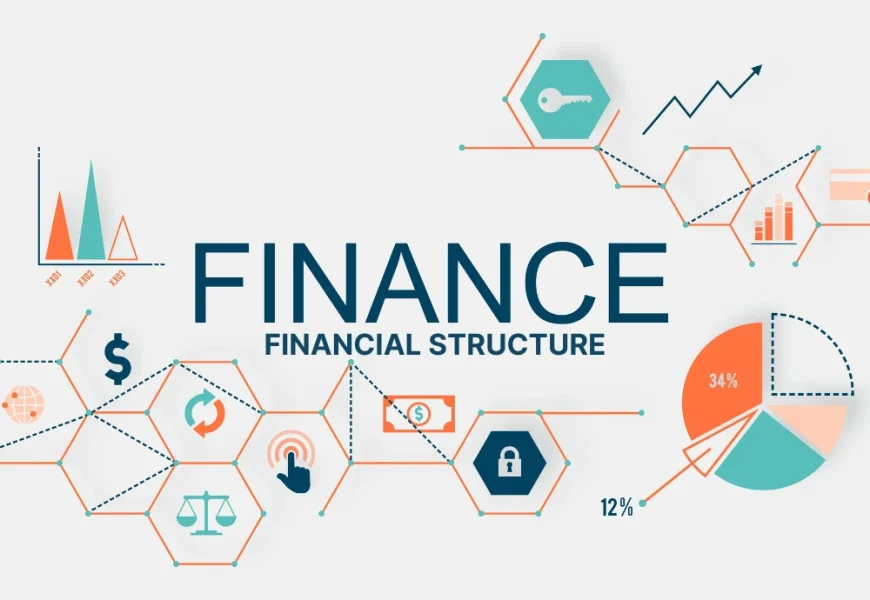Financial structures play a pivotal role in determining organizations’ stability and growth. As per Mike Saltzstein, an eminent person recognized for his extensive expertise in strategic planning, has highlighted the importance of robust frameworks for financial management. These structures govern financial resource allocation, control, and utilization, impacting long-term viability and operational efficiency.
A financial structure refers to the mix of equity, debt, and internal funding an organization uses to support its operations and investments. The composition of this structure directly affects a firm’s risk profile, cost of capital, and overall flexibility in navigating market changes. Establishing a well-balanced financial structure is critical for ensuring both liquidity and sustainability.
Core Components of Financial Structures
- Equity Financing
Equity financing involves raising capital by issuing shares. It provides companies with access to funds without the burden of repayment or interest. However, it often dilutes ownership and may affect decision-making power. Equity financing is typically ideal for long-term projects requiring significant capital investments.
- Debt Financing
Debt financing is achieved through loans or bond issuance. It enables companies to maintain ownership while leveraging external funds. The tax deductibility of interest payments is an advantage, but excessive debt can lead to financial distress. Careful assessment of borrowing capacity is crucial in this approach.
- Internal Funding
Retained earnings and operational cash flows represent internal funding sources. This method avoids external obligations, reducing dependency on creditors or investors. However, limited reserves may restrict the scale of investments or expansions.
Strategic insights of experts such as Mike Saltzstein emphasize the need for a customized approach to financial structuring. Factors such as industry standards, market conditions, and organizational goals influence the optimal mix of financing methods.
Balancing Risk and Opportunity
An effective financial structure balances risk and opportunity. Companies with high debt levels face potential vulnerabilities during economic downturns. Conversely, over-reliance on equity may dilute shareholder value. Strategic financial planning ensures stability without compromising growth potential.
External influences also shape financial structures. Interest rate fluctuations, regulatory changes, and global economic trends demand agility. Financial veterans underscore the importance of proactive monitoring to adapt to such dynamics. Financial resilience is achieved through continuous evaluation and adjustment of the underlying structure.
Emerging Trends in Financial Structuring
Emerging trends in financial structuring are reshaping the way companies access and manage capital, driven by technological advancements and evolving investor priorities. Sustainable financing has gained momentum, with instruments like green bonds and sustainability-linked loans aligning financial strategies with ESG goals to meet the growing demand for responsible investing. Digital platforms, such as crowdfunding and peer-to-peer lending, are democratizing funding by offering transparency, inclusivity, and direct access to diverse investor bases. Additionally, decentralized finance (DeFi) is transforming traditional models through blockchain-based solutions, enabling efficient, cost-effective transactions. These innovations empower businesses to diversify their financial strategies, fostering resilience and adaptability in an increasingly complex economic landscape.
Mike Saltzstein and other similar professionals highlight the enduring relevance of foundational principles in financial structuring. Regardless of emerging trends, disciplined planning and execution remain central to achieving fiscal health.
Financial structures underpin organizations’ success by defining how resources are managed and leveraged. Balancing equity, debt, and internal funding requires precision and foresight. This is why informed decision-making is so crucial in shaping resilient and adaptive structures. As the financial landscapes evolve, adherence to strategic fundamentals ensures sustainable growth and stability.







